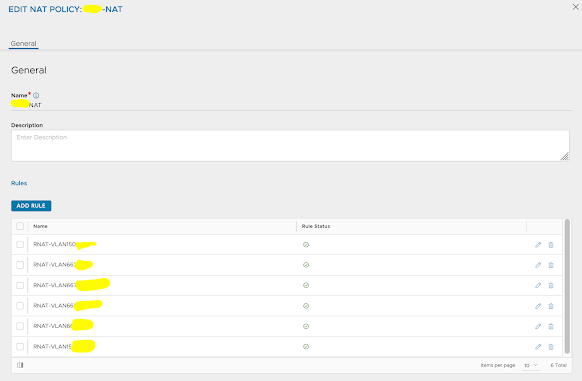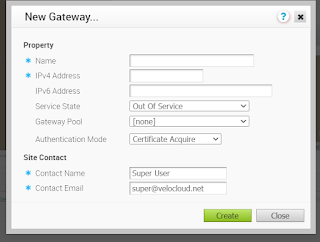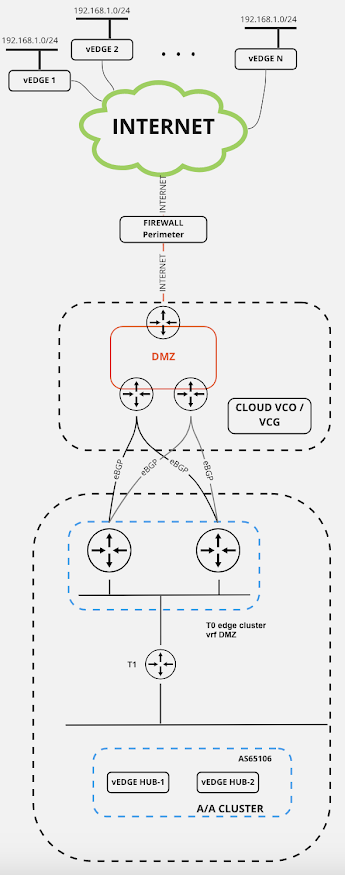NSX ALB LetsEncrypt with DNS-01 challenge - BIND example
In some of my previous posts, mentioned here LetsEncrypt script integration and Script parameter usage , I explained how useful it can be for NSX advanced load balancing solutions to utilise this kind of approach for free and automatic certificate manipulation, especially in environments with large number of web services inside. This approach utilises HTTP-01 based challenge with LetsEncrypt systems and L7 HTTP/S virtual services on NSX ALB side. Now, from some time ago there is enhancement in this area, developed by official Avi Networks devops page, in terms of using DNS-01 challenge also. I tried on-prem option using Bind DNS as server which works very well. Steps are pretty much similar to HTTP-01 option, which can be summarised as following: - Create L7 virtual service with publicly available FQDN - certificates resolved can be in both options RSA or ECDSA, as configured during creation; - Do...



